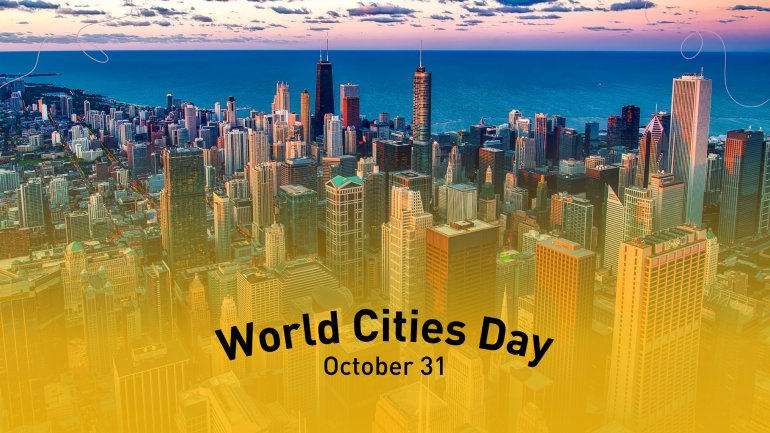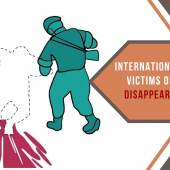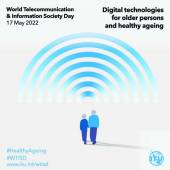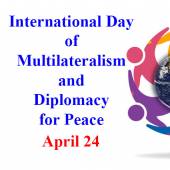World Cities Day

World Cities Day has been annually celebrated on October 31 since 2014 to raise awareness about global urbanization and push for global cooperation in sustainable urban development.
This year, the host will be Shanghai, China to celebrate the global observance under the theme "Act Local to Go Global."
It intends to share experiences and approaches to work and empower local and regional governments towards greener, more equitable, and sustainable cities.
Urbanization does not mean only expanding the size of the city but also developing the qualities of the city, such as social inclusion and environmental care.
Urbanization provides the possibilities for social inclusion with greater equality, access to services, engagement, and mobilization.
The world’s largest cities are also often the most unequal.
The day highlights the inequalities within the biggest cities in the world and calls for us to work for greater social inclusion.
Cities have air pollution due to carbon dioxide from vehicles and industries, inadequacy and overburdened infrastructure and services, such as water and sanitation systems, waste collection of plastics, and floods.
The History of the Cities
The first cities are assumed to have appeared in Mesopotamia, which is between the Tigris and Euphrates rivers, around 7500 B.C., such as Eridu, Ur, and Uruk.
Cities were formed along the banks of the Nile River in Egypt, the Indus River in India, and the Huang He River in China.
According to worldatlas.com, the oldest capital cities in Asia are Damascus in Syria, founded in the Chalcolithic 3rd millennium BCE, Beirut in Lebanon, founded in 3000 BCE, and Jerusalem in Palestine/Israel, founded in 2800 BCE.
Beijing in China was founded in 1600 BCE and Seoul in South Korea was founded in 18 BCE.
Among ASEAN countries, Hanoi in Vietnam was founded in 454 AD, Bandar Seri Begawan in Brunei was founded in 977 AD, Yangon in Myanmar was founded in 1043 AD, Singapore was founded in 1170 AD, Phnom Penh in Cambodia in 1372 AD, Jakarta in Indonesia in 1527 AD, and Bangkok in Thailand was founded in 1688 AD.
Cities continue to rise and fall across the world, but the institution of the city never dies.
Cities have been the centers of trade, religion, culture, and education throughout history.
The development of technology is one of the factors for the growth of urbanization because of the facilities, such as electricity, elevators, and so on.
According to the United Nations, 56.2 percent of the world’s population lives in cities in 2020, and there is a need to make these people aware of how to sustainably co-exist within cities.
The UN estimates that by 2030, there will be 41 megacities—cities with a population of over 10 million people.
Background
The United Nations General Assembly set October 31 as World Cities Day to promote the international community’s interest in the challenges of global urbanization and contribute to the global sustainability of urban development.
The date was created by the UN on December 27, 2013, and celebrated for the first time on October 31, 2014. It is celebrated at the end of Urban October, which started with World Habitat Day and ended with World Cities Day.
Urban October was established by UN-Habitat in 2014 to highlight the urban challenges and engage the global community towards the New Urban Agenda.
Sustainable Development Goal 11, is the UN-Habitat’s mission of making cities and human settlements inclusive, safe, resilient, and sustainable.
HOW TO OBSERVE WORLD CITIES DAY
One can observe World Cities Day by learning how the cities exist because World Cities Day exists because of the cities.
Learn about the issues in the modern city.
The institution of the city is fraught with problems. Learn about them. See how communities as a whole can help solve some of them and make a difference in your city.
Radio Veritas Asia (RVA), a media platform of the Catholic Church, aims to share Christ. RVA started in 1969 as a continental Catholic radio station to serve Asian countries in their respective local language, thus earning the tag “the Voice of Asian Christianity.” Responding to the emerging context, RVA embraced media platforms to connect with the global Asian audience via its 21 language websites and various social media platforms.













